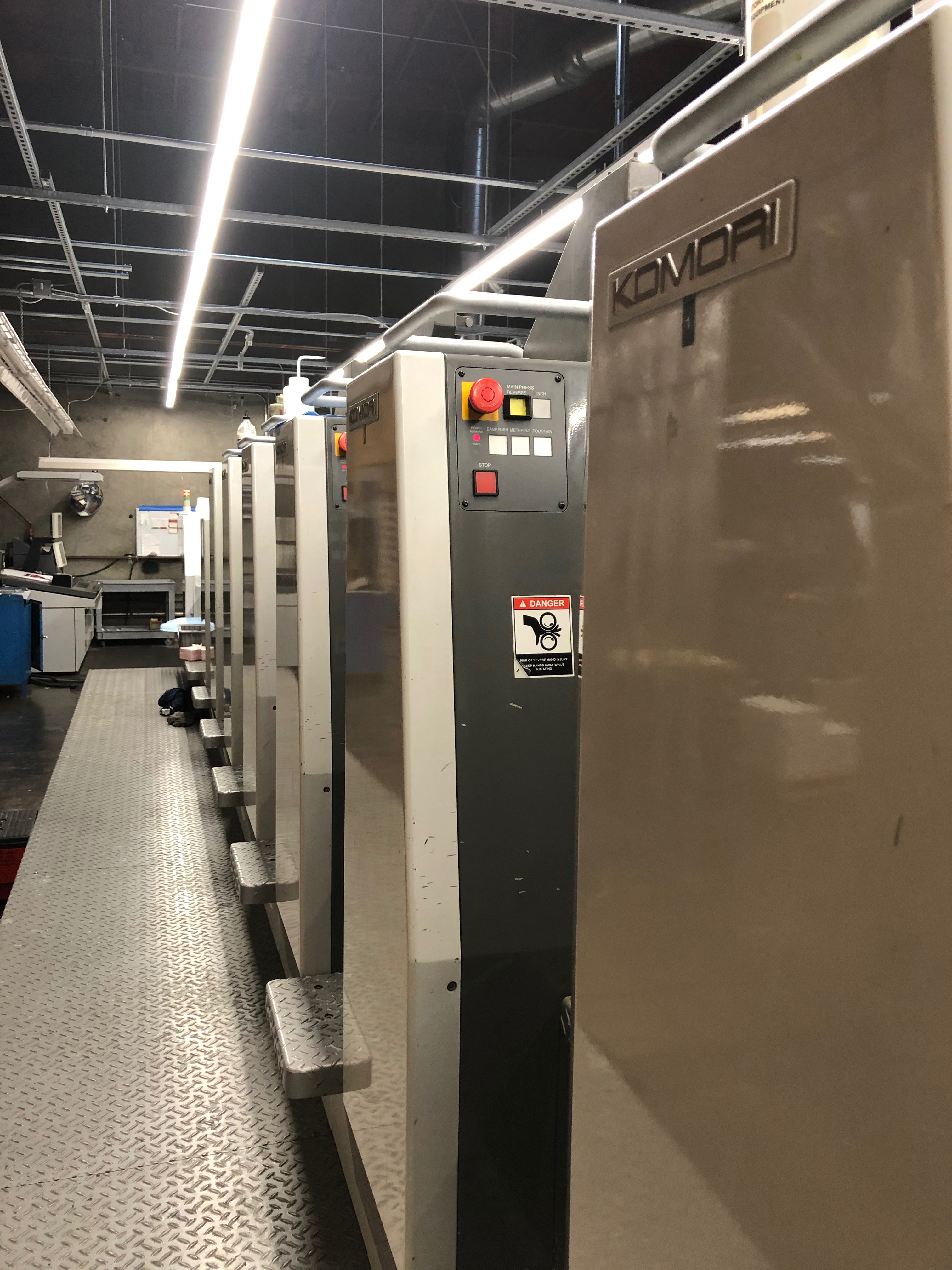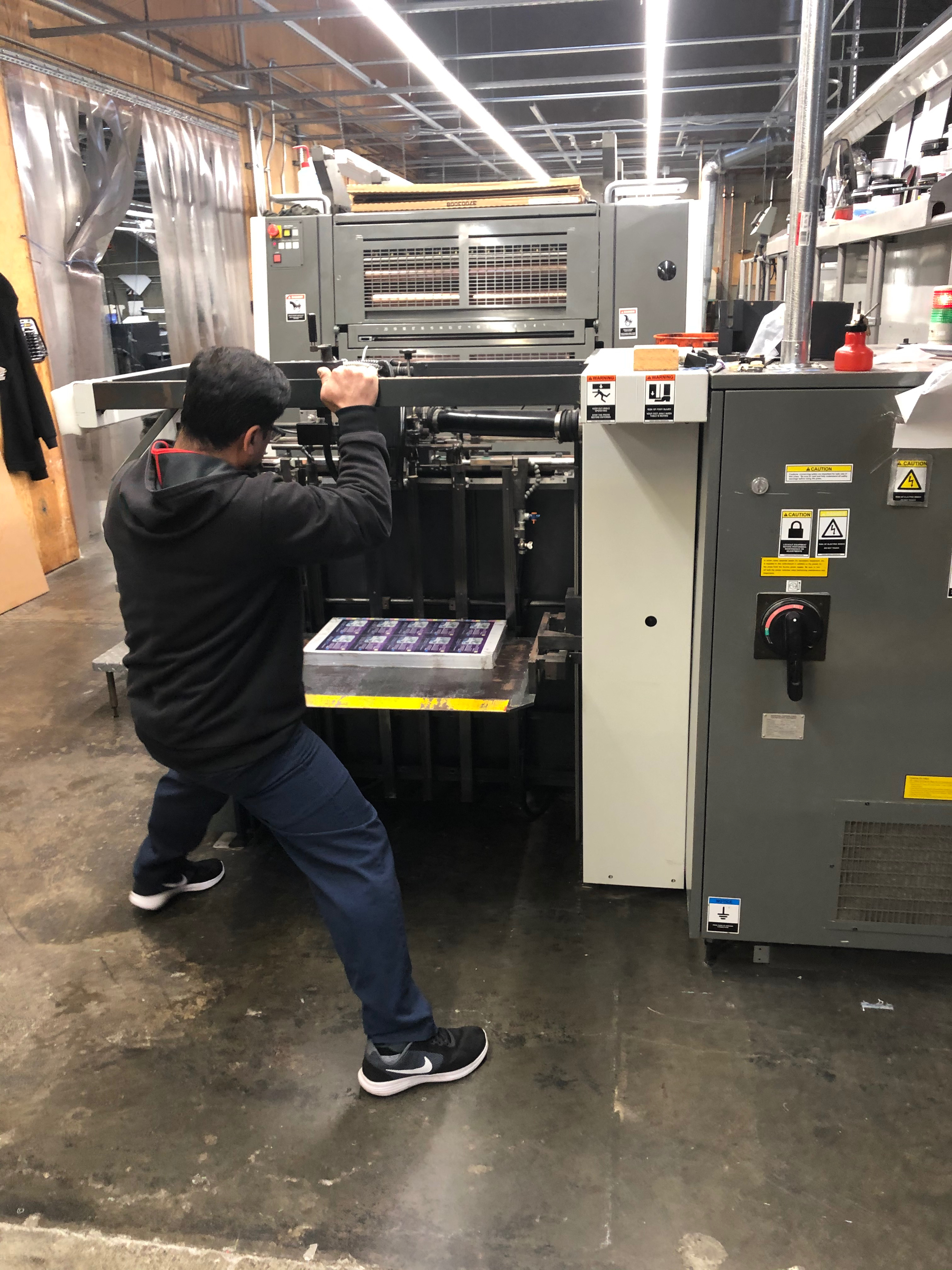- Home
- > About


![]() ABOUT OUR COMPANY
ABOUT OUR COMPANY
All-in-One Event Card Solution
Dating back to the mid-90's, we helped usher in the concept of over-sized badges. Investing in equipment, dies and process, our team understands the industry. We know that you may not order enough cards, so we stock any extras until the event is completed and then destroy the badges. Visual security features to assist away from choke points are our specialty. Need peace-of-mind hidden features built into the design? Our various patented print technologies are here to assist.
Our Vision
Our company stands for quality and educating our resellers to make your events grow as soon as possible while also being successful.
Our Mission
We do our best to serve you with high-quality event card solutions that will help you stand out among competitors effortlessly.
Our Strategy
We know how important it is for you to maintain your customers, that’s why we do everything to fit your project needs. Our professional team of event specialist is always available to help you with any event or card issues.
How are event cards made?
Most plastic cards take 3.5 to 4 weeks to produce due to queue (jobs already in the plant) and process. Below is a list of the production steps that most event cards go through:
- Each color represents a printing plate. For every color a plate is burned and mounted on the press.
- PMS or CMYK inks are mixed manually and added to each press head. The ink mix is saved in the job docket and carried forward tot he next run for consistency.
- The job is printed using various types of plastic. The plastic and event card formula is chosen based on life expectancy and how the cards will be used.
- The printed sheets are taked to collation. This is often referred to as paste-up or layering. Cards are built of many layers of materials sandwiched together. This is also when RFID is added.
- The layered sheets are taked to a platen laminator. This is much different than a roll-lamination process. The heat and pressure cause the materials to bond and form a solid plastic piece.
- These solid sheets are now ready for die-cutting. Depending on the size of your event cards, we will use different machinery.
- Other options such as holes, barcodes, numbering occur at this stage.
- The cards go through quality control and are inspected one at a time by employees, not machinery. Quality matters to us!
- Order is shrink-wrapped, packed and boxed for shipment.
It's time to be in charge of your own event vendors! Design concerns, colors printed and material expectations all determine the final outcome. I'm so happy I found a reliable US manufacturer. My prior source was getting cards made in Asia and they arrived right before the event. I had no control on quality and that reflected poorly on our company.
Michael Jameson
CEO
![]() HOW DOES IT WORK
HOW DOES IT WORK
What is platen lamination?
Our plastics cards are not built like old menus. This process can be done at a copy shop and counterfeiting is rampant. Our event cards are produce just like a normal credit card in your wallet/purse. So, what is it?
01
LAYERED SHEETS UNDER HEAT
Most cards run under a temperature of 320 degress for 25 to 40 minutes. The layers of plastic all bond at a different temperature so the lenght and heat are determined by not only the mix of plastic but the printing + security features chosen. There is no one size fits all in this process.
02
LAYERED SHEET UNDER COOLING
Just like the heat process, the same applies for the cooling process. The amount of time the sheets spend in the cooling process is dependant on how high we go in the hot press. The cooling process allows the materials to finish the bonding process and be touched by hand for the next steps.
03
PRESSURE
Typically, the event cards get over 1,000 lbs of pressure per square inch. Yes, that's a lot of pressure! This pressure plus the hot/cold is when the bond of materials occurs. Again, every card is built differently from ink, to security features to materials and requires a certain mix of all elements to properly bond together. RFID comes into play with pressure. We have to bond the materials yet not break the chip.
04
ENJOY THE RESULT
This machine costs roughly $490,000 and cannot be replicated via other processes. Counterfeiting a plastic card is incredibly difficult because of this process alone. Expect counterfeits when you use roll-lamnation, not platen lamination!
![]() GET IN TOUCH
GET IN TOUCH![]()
Contact US
Don't hesitate to get in touch with us! We love the challenge of turning your ideas into reality and are always ready to talk through any project you may have.

